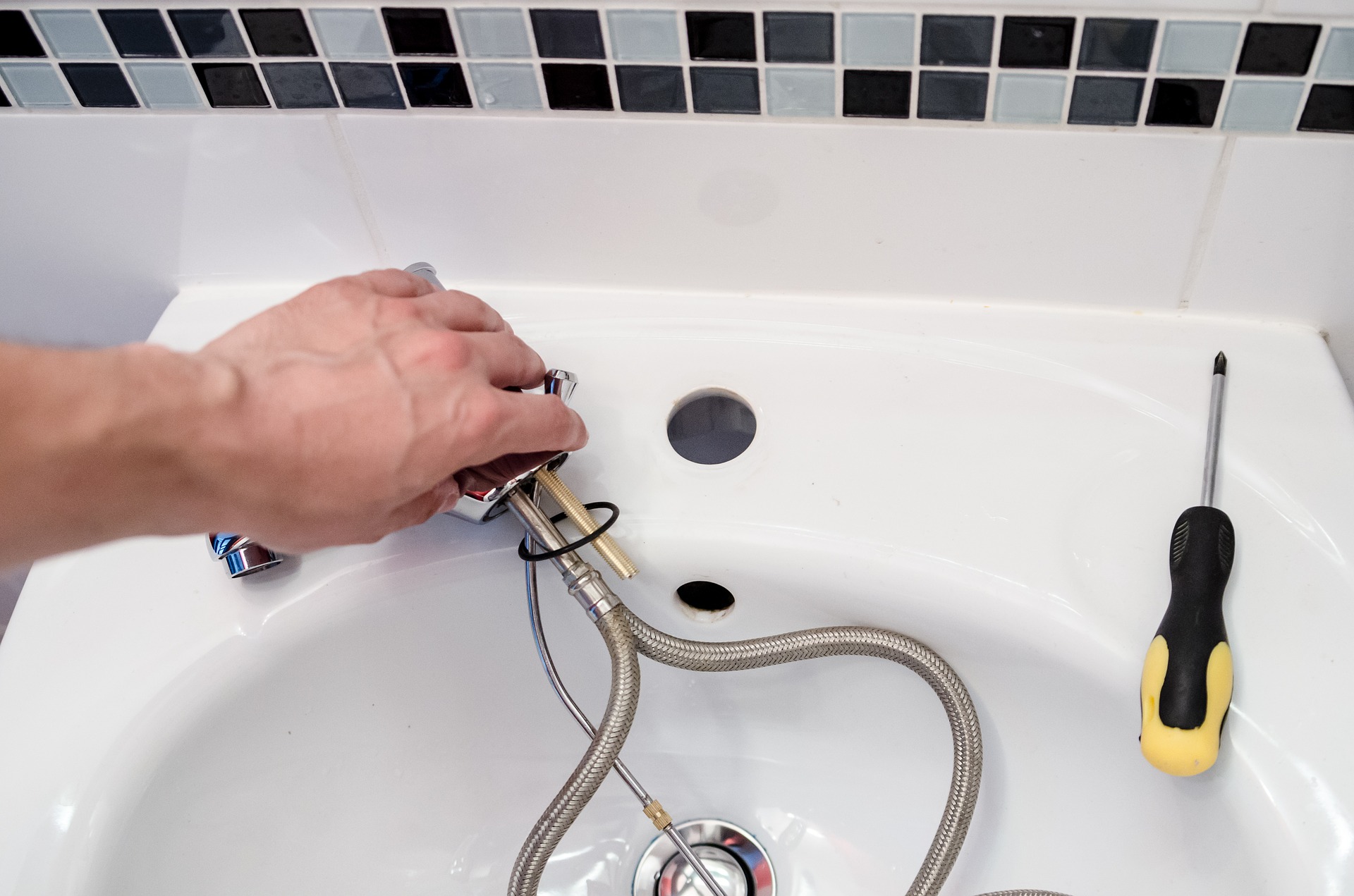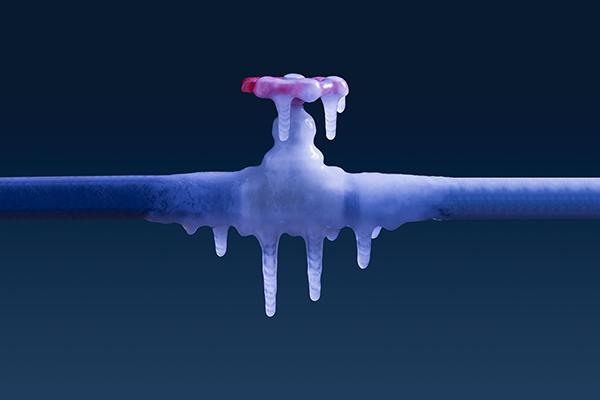Avoid Pipe Bursts in Cold Weather: 5 Effective Winterizing Hacks
Avoid Pipe Bursts in Cold Weather: 5 Effective Winterizing Hacks
Blog Article
They are making a few good pointers about Winterizing Your Pipes overall in the content which follows.

All house owners who live in warm climates should do their best to winterize their pipelines. Failure to do so can mean disaster like icy, broken, or burst pipes.
Attempt a Hair Dryer or Warm Gun
When your pipes are virtually freezing, your dependable hair clothes dryer or warm weapon is a godsend. If the hot towels do not aid dislodge any kind of settling ice in your pipelines, bowling hot air straight into them may help. Do not make use of other objects that produce straight fires like a blow torch. This can lead to a bigger catastrophe that you can not manage. You may end up destructive your pipelines while attempting to melt the ice. As well as in the future, you might also end up shedding your residence. Be cautious!
Open Up Cupboard Doors Hiding Plumbing
When it's cold outside, it would be helpful to open cabinet doors that are camouflaging your pipelines. Doing this little technique can maintain your pipelines cozy and also restrict the possibly dangerous outcomes of freezing temperatures.
Take Some Time to Wrap Exposed Pipeline
One simple and also cool hack to heat up freezing pipes is to wrap them with cozy towels. You can cover them first with towels. After safeguarding them in place, you can pour boiling water on the towels. Do it slowly to allow the towels soak up the liquid. You can likewise utilize pre-soaked towels in hot water, just don't forget to wear safety gloves to secure your hands from the heat.
Switch on the Faucets
When the temperature drops and also it appears as if the frigid temperature level will last, it will assist to activate your water both inside and also outdoors. This will certainly maintain the water streaming through your plumbing systems. Furthermore, the motion will certainly reduce the freezing procedure. Especially, there's no demand to transform it on full force. You'll wind up losing gallons of water by doing this. Rather, aim for about 5 declines per min.
When Pipelines are Frozen, close Off Water
Turn off the main water valve right away if you discover that your pipelines are entirely icy or nearly nearing that phase. You will normally discover this in your basement or utility room near the heater or the front wall surface closest to the street. Turn it off right away to avoid further damages.
Do not fail to remember to shut outside water sources, too, such as your connection for the garden home. Doing this will protect against extra water from filling out your plumbing system. Regrettably, with even more water, more ice will accumulate, which will eventually bring about burst pipes. If you are not sure regarding the state of your pipes this wintertime, it is best to call an expert plumber for an assessment. Taking this positive approach can conserve you countless dollars out of commission.
All homeowners who live in warm climates must do their finest to winterize their pipelines. Failure to do so can spell calamity like icy, broken, or burst pipelines. If the hot towels do not assist displace any kind of working out ice in your pipes, bowling hot air directly into them may assist. Transform off the primary water shutoff quickly if you observe that your pipelines are entirely icy or nearly nearing that stage. With more water, even more ice will certainly pile up, which will at some point lead to break pipes.
PREVENT YOUR PIPES FROM FREEZING THIS WINTER
A Leading Cause of Property Damage
When the weather is taking a deep nose dive into the cold dreary days, the risk of your pipes freezing and potentially bursting skyrockets. Unfortunately, during these cold dreary months, burst pipes are the most common denominator for property damage. The pipes that are most at the risk are those that are in areas where it is most cold in your home. For instance, pipes located in interior places such as basements, attics, and your garage. Unfortunately, that doesn’t mean that the pipes running through your cabinets or exterior walls can’t freeze. Good news, however, is that you can do things to help prevent pipes from freezing.
How to Prevent Pipes From Freezing
Once the temperature starts to drop during the winter, you should be taking the proper measures needed to ensure that your pipes stay warm and that there is circulation of water through them. Some steps that experts may recommend could go against your better judgement when it comes to saving water and heat. However, it would go without saying that when expenses are compared, damaged pipes could put a bigger dent in your wallet than a water bill.
What Can I Do?
Keep your garage door closed. This is very important, especially if you have water supply lines running through your garage. Open your kitchen and bathroom cabinets to allow warm air to circulate through them. Allow air circulation throughout your home. Keeping the interior doors open will once again allow the warm air to circulate inside your home. Ensure your thermostat is running the same temperature throughout the night and day. If you plan to be away from home during the cold months, set your temperature no lower than 55° F. This should provide enough heat to keep the pipes warm and prevent any remaining water inside the pipes from freezing. For more of a long-term solution, add insulation to attics, basement, and other crawl spaces around your home. By allowing your faucet to drip, it will alleviate pressure in the system. This is important because the pressure that is created between the blockage and the faucet can potentially cause the pipes to burst. Allowing the faucet to drip will prevent the pressure from building up, therefore keeping the pipes from bursting. Seal any cracks, openings, and crawl spaces around your home to prevent cold air from coming inside. This keeps your pipes-not to mention your home-warmer and less susceptible to issues caused by freezing temperatures. For the pipes in your home that are easily accessible, applying electrical tape to them might prevent them from freezing over. This is a quick fix, as you can apply the tape directly to the pipe. There are two options for heating tapes. One turns on and off by itself when it senses heat is needed. The other type of heating tape needs to be applied when heat is needed and removed when not necessary. If you have exposed pipes in your home, you can check this website to take a look at a few options that would be available at a shop near you.

Hopefully you liked our excerpt on Winterizing Your Pipes. Thanks for taking time to browse our post. In case you appreciated our blog post kindly do not forget to pass it around. We love reading our article about Winterizing Your Pipes.
Schedule Service Now Report this page